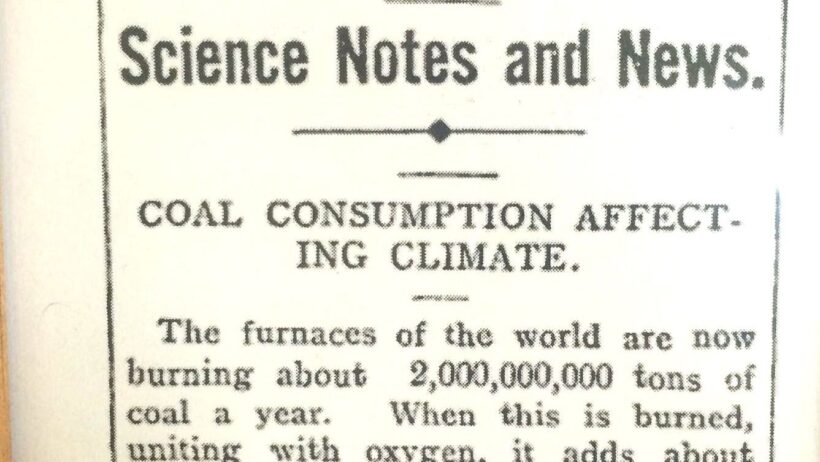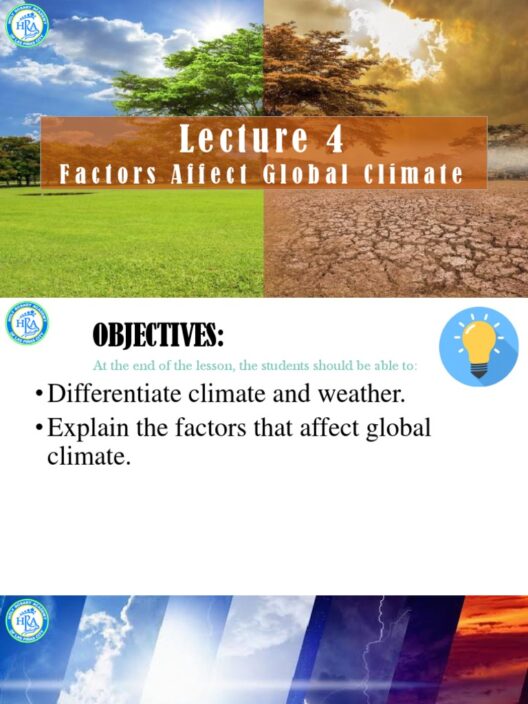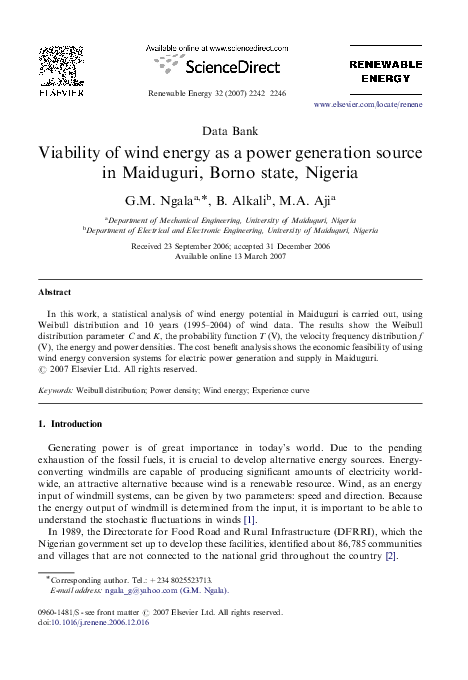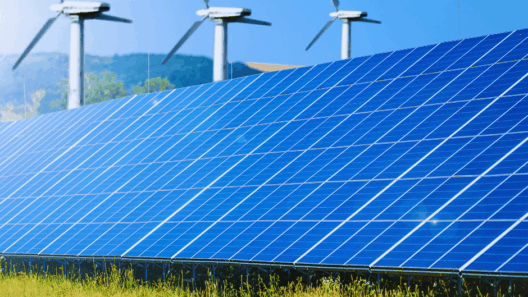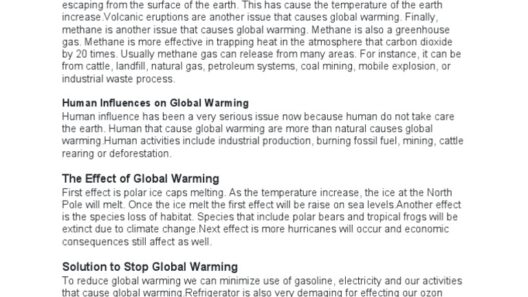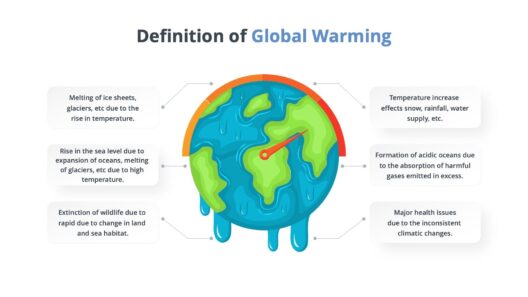The trajectory of global warming, a phenomenon that has irrevocably altered the state of our planet, has spurred intricate discussions among scientists, policymakers, and the general public alike. A frequent inquiry surfaces: When did global warming truly begin? The unfolding of this environmental crisis is not a sudden event but rather a culmination of various factors spanning centuries. To parse this intricate narrative, we must delve into its historical antecedents and the socio-political environments that have shaped humanity’s interaction with the climate.
Understanding the inception of global warming requires more than simply pinpointing a date on a calendar. It necessitates an exploration of human behavior, industrial advancements, and scientific revelations that collectively heralded a new epoch in Earth’s climatic conditions. This article endeavors to offer a comprehensive overview of these factors, ultimately revealing that the roots of global warming extend far deeper into the past than many commonly realize.
**The Dawn of Industrialization: A Paradigm Shift**
The industrial revolution, commencing in the late 18th century, marks a pivotal moment in the timeline of climate change. The widespread adoption of coal as an energy source signified humanity’s shift from agrarian societies to industrial powerhouses. Factories began to dot the landscape, belching smoke and carbon into the atmosphere. The reliance on fossil fuels, initially seen as an emblem of progress and prosperity, laid the groundwork for the systemic rise in greenhouse gas emissions.
As the 19th century progressed, the connection between industrial activity and climate change began to emerge. Notable scientists such as John Tyndall began investigating the properties of gases like carbon dioxide and their effect on Earth’s greenhouse effect. The revelations during this period, while not widely acknowledged, planted the seeds of awareness regarding the relationship between human activity and climate disruption.
**The Scientific Awakening: Grappling with Evidence**
By the late 1800s, scientists were accumulating evidence that suggested the Earth’s climate was changing, but the link to anthropogenic development was still tenuous and contentious. In 1896, Svante Arrhenius, a Swedish scientist, published a pivotal paper proposing that increased carbon dioxide levels could lead to higher global temperatures. His work was groundbreaking yet largely disregarded, overshadowed by the prevailing belief in the planet’s innate self-regulating capabilities.
As the 20th century unfolded, technological advancements continued to escalate the emissions of carbon dioxide and other pollutants. The advent of automobiles and airplanes facilitated further fossil fuel consumption, leading to an exponential increase in emissions. Scientists, including Charles David Keeling, began rigorously measuring atmospheric carbon dioxide levels at Mauna Loa. The Keeling Curve, established in 1958, provided irrefutable evidence that carbon concentrations were climbing steadily in the atmosphere, a clear indicator of burgeoning climatic distress.
Importantly, while the scientific community was laying the groundwork for understanding climate change, public awareness remained stagnant. The pervasive belief in humanity’s dominion over nature hindered genuine recognition of the impending crisis. This dichotomy between scientific understanding and societal perception would shape climate activism in the decades to follow.
**The Political Landscape: Activism and Apathy**
The 1970s heralded a pivotal era for environmental consciousness. The establishment of Earth Day in 1970 symbolized a burgeoning environmental movement, uniting citizens in a collective effort to advocate for the planet. This period witnessed the formation of environmental agencies, including the U.S. Environmental Protection Agency, and the passage of pivotal legislation aimed at curtailing pollution and conserving natural resources.
Yet, amidst these advancements, political inertia remained a significant barrier. Despite mounting evidence supporting climate change, many governmental bodies opted for short-term economic gain over long-term sustainability. The oil crisis of 1973 highlighted global dependency on fossil fuels, yet awareness of climate implications was still nascent. The complexity of climate change was often overshadowed by immediate political and economic concerns.
The late 20th century saw the realization that environmental degradation was not merely localized but a global dilemma requiring cohesive action. The formation of international treaties, including the Kyoto Protocol in 1997, underscored the growing recognition of climate change as a pressing global issue. However, these agreements frequently fell short due to the disparities in commitments among developed and developing nations, showcasing the intricacies of achieving environmental justice.
**A Modern Perspective: Urgency in Action**
Entering the 21st century, global warming stands as one of the predominant challenges facing humanity. The Intergovernmental Panel on Climate Change (IPCC) was established to deliver assessments on climate science, providing governments with essential information to gauge the severity of climate threats. The science is unambiguous: climate change is real and largely driven by human activity. The impacts are manifesting across the globe, from scorching heatwaves and wildfires to flooding and unpredictability in weather patterns.
While the historical timeline reveals a protracted journey toward understanding climate change, the current circumstances demand immediate and collective action. As fossil fuel consumption continues unabated and political discourse often falls prey to inertia, grassroots movements have surged. Youth-led initiatives, like Fridays for Future, demand accountability and urge world leaders to recognize the gravity of the crisis.
Ultimately, the question of when global warming began is intricately woven into the tapestry of human progress. Understanding this complex history is essential as we collectively navigate the future of our planet. As awareness grows, hope persists – a reminder that the time to act is now and that every effort counts in combatting a calamity born of our own making.



